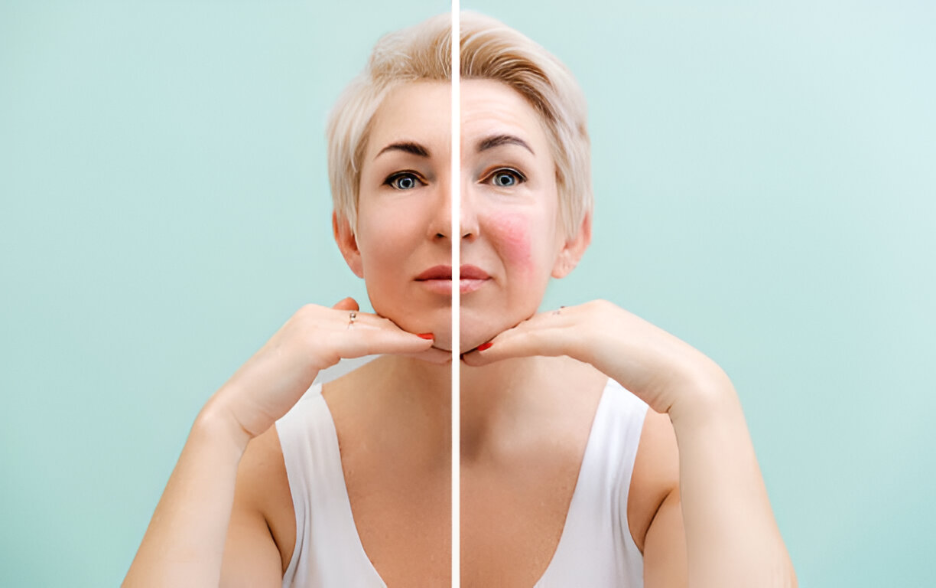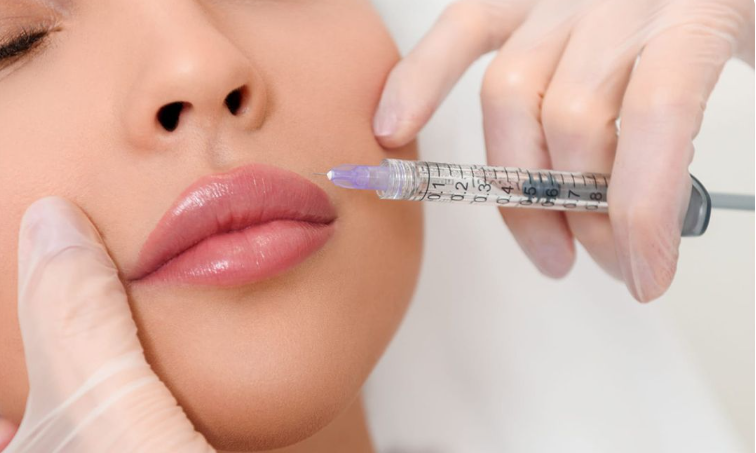Microneedling vs RF Microneedling: Which Is Best for Fine Lines and Wrinkles?

As fine lines begin to appear and skin loses elasticity, many people turn to advanced skincare treatments to restore a smoother, more youthful complexion. Two of the most popular non-surgical treatments for improving fine lines and boosting collagen are microneedling and RF (radiofrequency) microneedling.
While both offer impressive skin rejuvenation results, they differ significantly in technology, depth of treatment, downtime, and long-term effects. This article compares traditional microneedling and RF microneedling to help you decide which is best for your anti-aging goals.
Understanding the Basics: What Is Microneedling?
Microneedling, also known as collagen induction therapy, is a minimally invasive treatment that uses fine needles to create controlled micro-injuries in the skin. These tiny punctures stimulate the skin’s natural healing process, triggering the production of collagen and elastin.
How It Works:
- A microneedling device with sterile needles is passed over the skin.
- The micro-injuries activate the body’s wound healing response.
- Over time, new collagen is formed, improving skin texture, tone, and firmness.
Best For:
- Fine lines and wrinkles
- Enlarged pores
- Mild acne scars
- Dull or uneven skin tone
What Is RF Microneedling?
RF microneedling combines traditional microneedling with radiofrequency energy. In addition to creating micro-channels, the device delivers RF energy deep into the dermis, where collagen and elastin are formed. The heat from the RF energy tightens the skin and enhances collagen production at a deeper level.
How It Works:
- Needles penetrate the skin like in traditional microneedling.
- RF energy is emitted through the needle tips, heating the dermis.
- This thermal effect triggers more intense collagen remodeling and tissue tightening.
Best For:
- Fine to moderate wrinkles
- Skin laxity
- Acne scarring
- Stretch marks
- Advanced texture and tone issues
Collagen Boost: Which Stimulates More Production?
Both treatments promote collagen production, but RF microneedling offers a more significant and long-lasting collagen boost due to the added thermal energy.
- Microneedling primarily works at the surface level (epidermis to upper dermis).
- RF microneedling delivers energy deeper into the dermis, leading to a stronger collagen remodeling effect.
If your primary concern is moderate to deep fine lines or skin tightening, RF microneedling is the superior option for stimulating collagen in the deeper layers of the skin.
Wrinkle Reduction and Anti-Aging Benefits
Microneedling:
- It helps reduce the appearance of fine lines, particularly around the eyes and mouth.
- Smooths mild textural issues and boosts skin brightness.
- Results are more subtle and may require more sessions for deeper lines.
RF Microneedling:
- Penetrates deeper layers, making it effective for moderate wrinkles and early sagging.
- Particularly beneficial for jawline contouring, under-eye tightening, and cheek firming.
- Offers more visible lifting and firming effects after fewer treatments.
In short, for early signs of aging, traditional microneedling may be enough. But for more noticeable wrinkles or skin laxity, RF microneedling provides a more advanced solution.
Skin Texture Improvement: Which One Wins?
Both treatments help improve skin texture, reduce pore size, and smooth the skin surface. However, RF microneedling delivers superior results for more challenging concerns.
Microneedling:
- Improves overall smoothness
- Helps fade superficial acne scars
- Reduces the appearance of pores and rough patches
RF Microneedling:
- Improves texture plus elasticity
- Breaks down deeper scars and stretch marks
- Offers better results for textural irregularities with underlying skin laxity
If smoother, firmer skin is your goal, RF microneedling is more comprehensive.
Downtime: How Long Is Recovery for Each?
Microneedling:
- Downtime: 1–3 days
- Side effects: Redness, mild swelling, tightness
- Recovery: Skin may feel slightly sunburned; makeup can often be worn after 24 hours
RF Microneedling:
- Downtime: 3–5 days
- Side effects: Redness, swelling, pinpoint crusting
- Recovery: Slightly longer due to thermal energy; gentle skincare is required for best healing
While both treatments offer minimal downtime compared to lasers or peels, microneedling recovers faster. However, RF microneedling offers more dramatic results, often making the extra 1–2 days of recovery worthwhile. Gentle facial massage after the initial healing period can further support circulation and enhance post-treatment skin rejuvenation.
Pain Level: Is One More Comfortable Than the Other?
Microneedling:
- Mild discomfort; feels like tiny pinpricks
- Topical numbing cream minimizes sensation
RF Microneedling:
- Slightly more intense due to the heat delivered below the skin
- Topical numbing is essential and effective in reducing discomfort
- Some devices offer real-time feedback and precise depth control for added comfort
Most patients tolerate both treatments well, but if you are sensitive to heat or deeper stimulation, microneedling may be more comfortable. However, many find RF microneedling pain manageable and worth the enhanced results.
Number of Sessions: How Many Treatments Are Needed?
Microneedling:
- Typically, 3–6 sessions, spaced 4–6 weeks apart
- Maintenance every 6–12 months
RF Microneedling:
- 3–4 sessions may suffice due to deeper impact
- Longer-lasting results with less frequent maintenance
If you're looking for quicker results with fewer sessions, RF microneedling is more efficient.
Who Is a Better Candidate for Each Treatment?
Microneedling:
- Great for beginners in skin rejuvenation
- Ideal for early signs of aging or light scarring
- Suitable for most skin types and tones
RF Microneedling:
- Best for those with moderate to advanced signs of aging
- Ideal for deeper wrinkles, loose skin, or acne scarring
- Suitable for many skin types, though darker tones require expert handling
If you're looking to prevent aging or maintain youthful skin, microneedling may be enough. But if you're correcting existing concerns, RF microneedling is more effective.
Conclusion:
Choosing between microneedling and RF microneedling depends on your skin concerns, goals, and tolerance for downtime.
- If you're new to professional skincare, looking for subtle results, or have early signs of aging, microneedling is a great entry-level treatment.
- If you're ready for more noticeable improvement in fine lines, wrinkles, and skin laxity with fewer sessions, RF microneedling offers advanced rejuvenation and collagen stimulation.
Both treatments are excellent tools in the anti-aging skincare toolbox — and can even be used in combination with other therapies for enhanced results.
For personalized advice, always consult with a qualified skincare specialist who can evaluate your skin and recommend the right treatment plan for your goals.
Want expert guidance on choosing between microneedling and RF microneedling for fine lines and wrinkles? Contact us today to speak with a skincare specialist and start your personalized anti-aging journey.
FAQs: Microneedling vs RF Microneedling
Q1: Can microneedling or RF microneedling be done on all skin types?
Both treatments can be adapted for various skin types, but RF microneedling should be performed with caution on darker skin tones to avoid hyperpigmentation. Always seek a provider experienced with your skin type.
Q2: How long do results last from each treatment?
Microneedling results can last 3–6 months, while RF microneedling often provides longer-lasting effects — 6–12 months or more with maintenance.
Q3: Are these treatments safe?
Yes, when performed by trained professionals. Temporary redness, swelling, or sensitivity are normal, and serious side effects are rare.
Q4: Can I combine RF microneedling with other treatments?
Absolutely. RF microneedling pairs well with chemical peels, LED therapy, and even injectables like Botox or fillers for comprehensive anti-aging results.
Q5: When will I see the results?
Initial results from microneedling may appear within a week, with continued improvement over a few months.
Our Recent News & Articles





